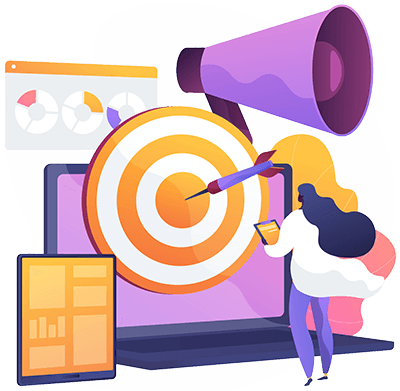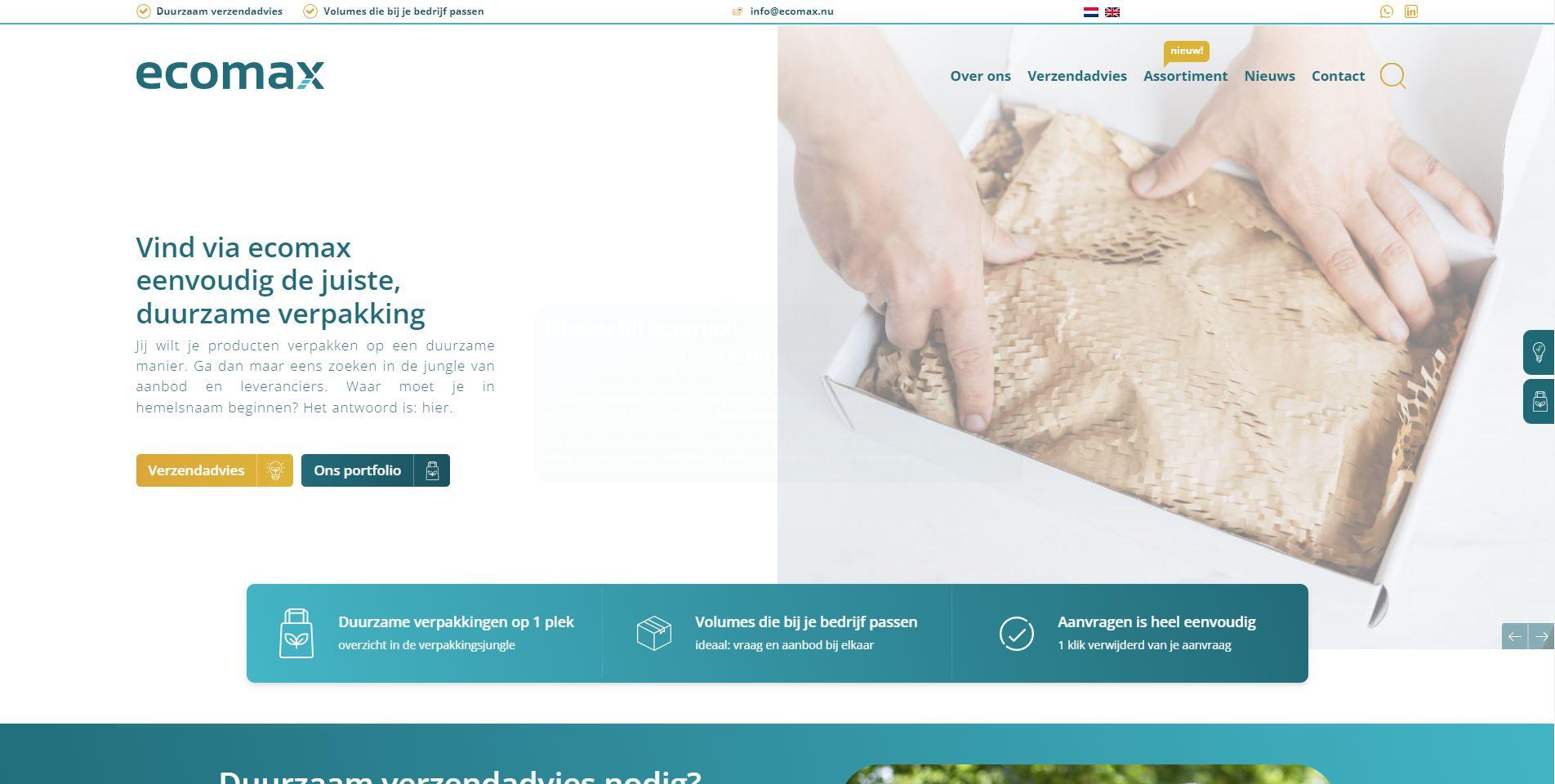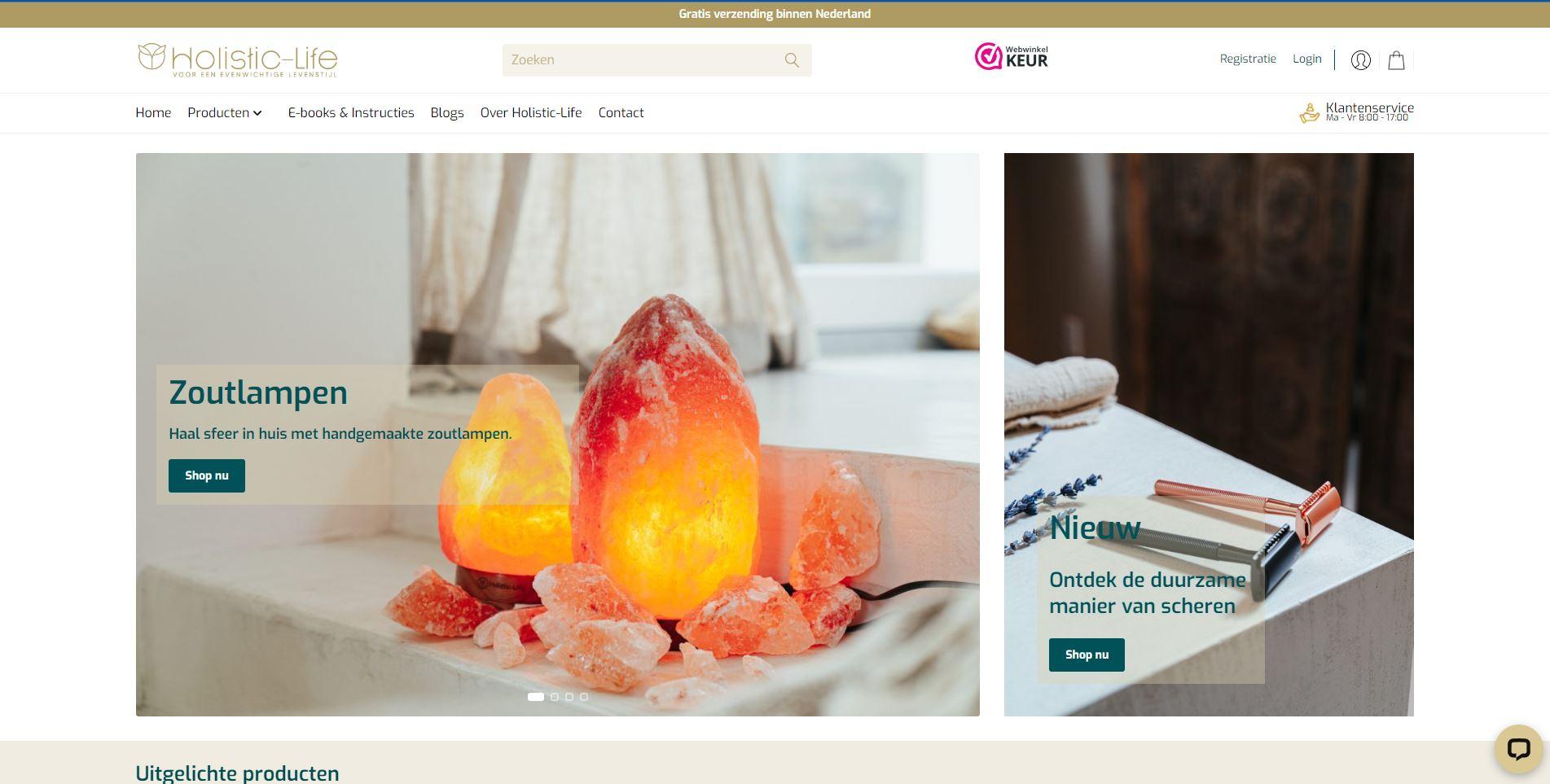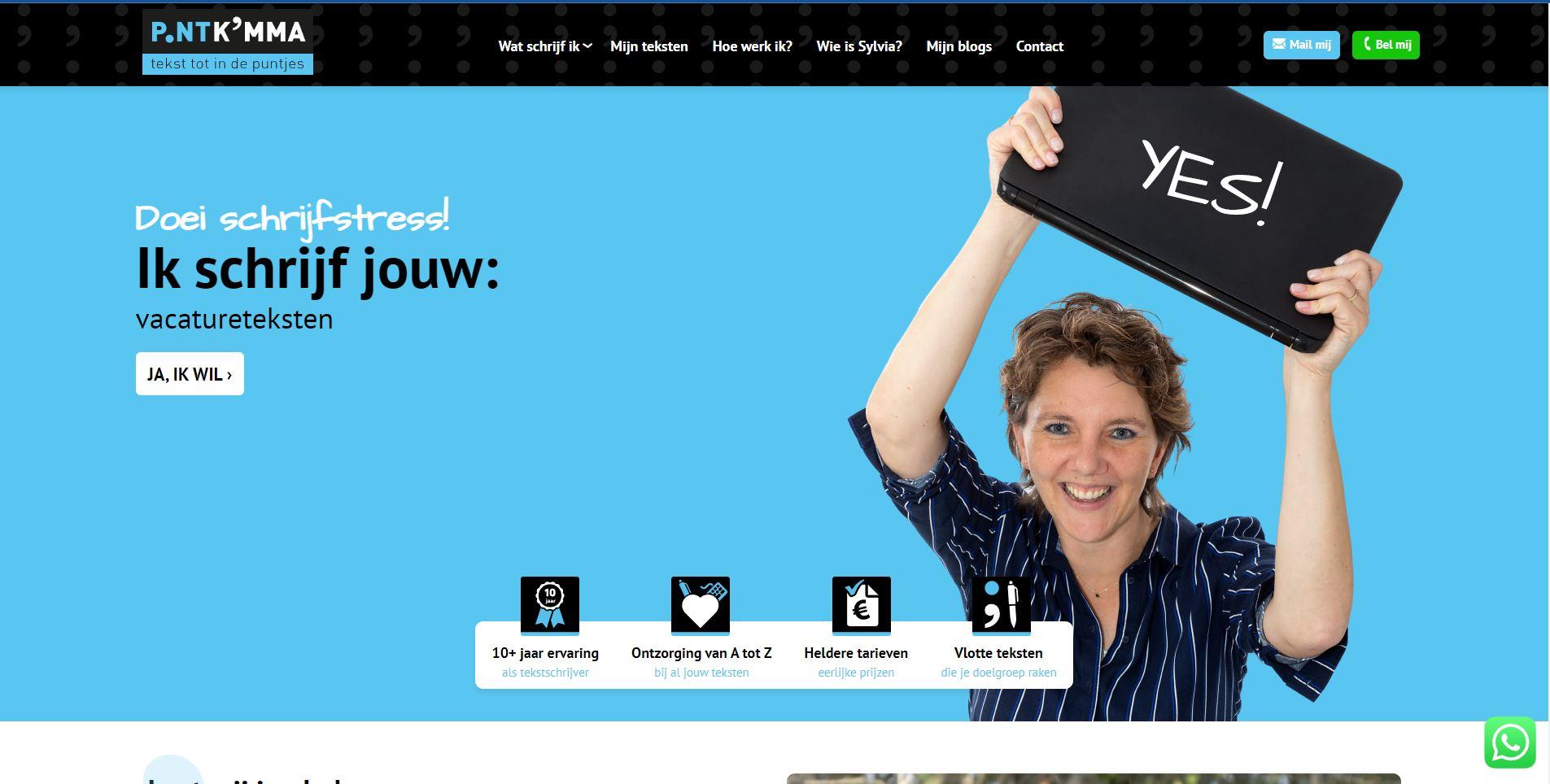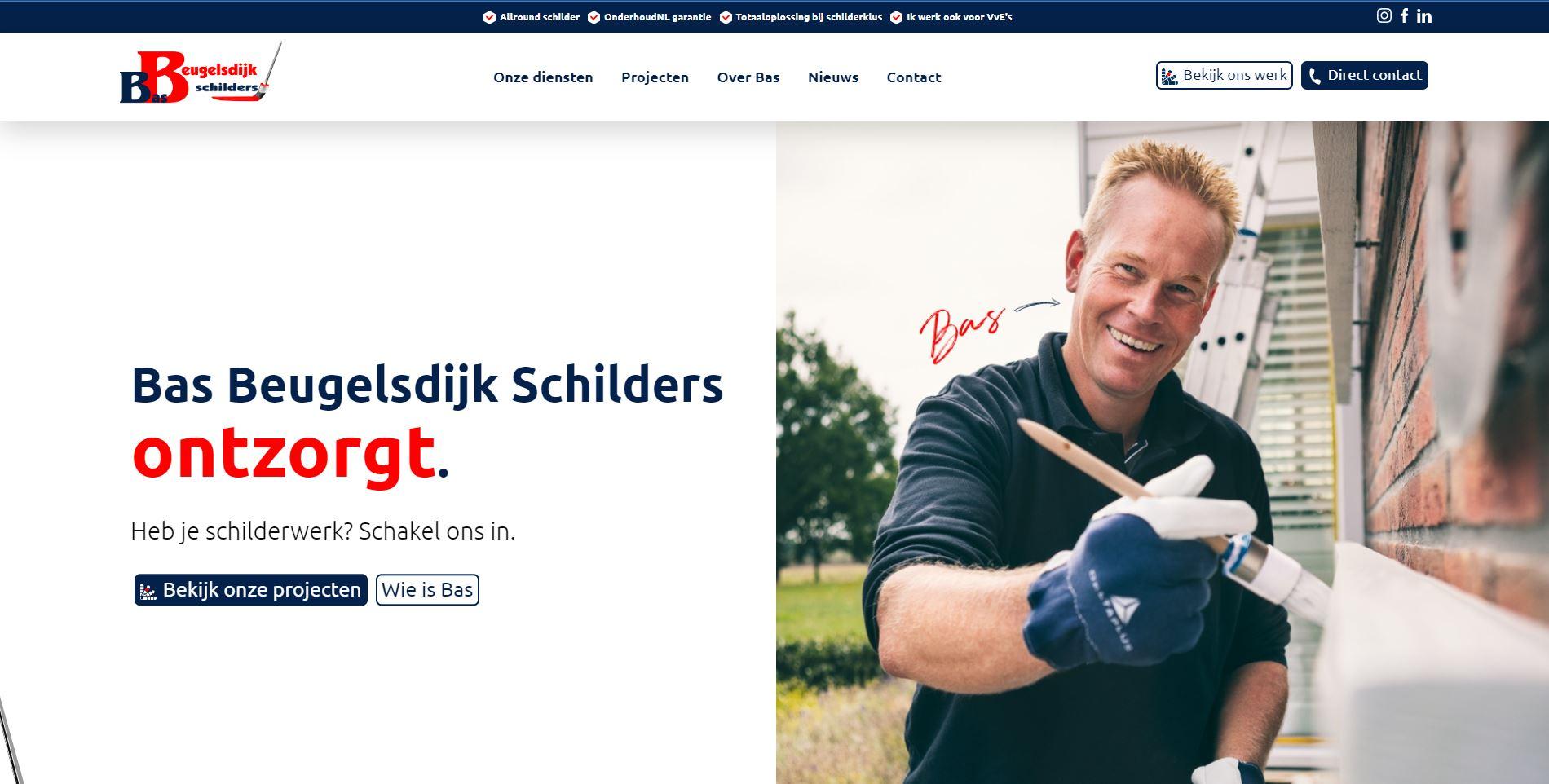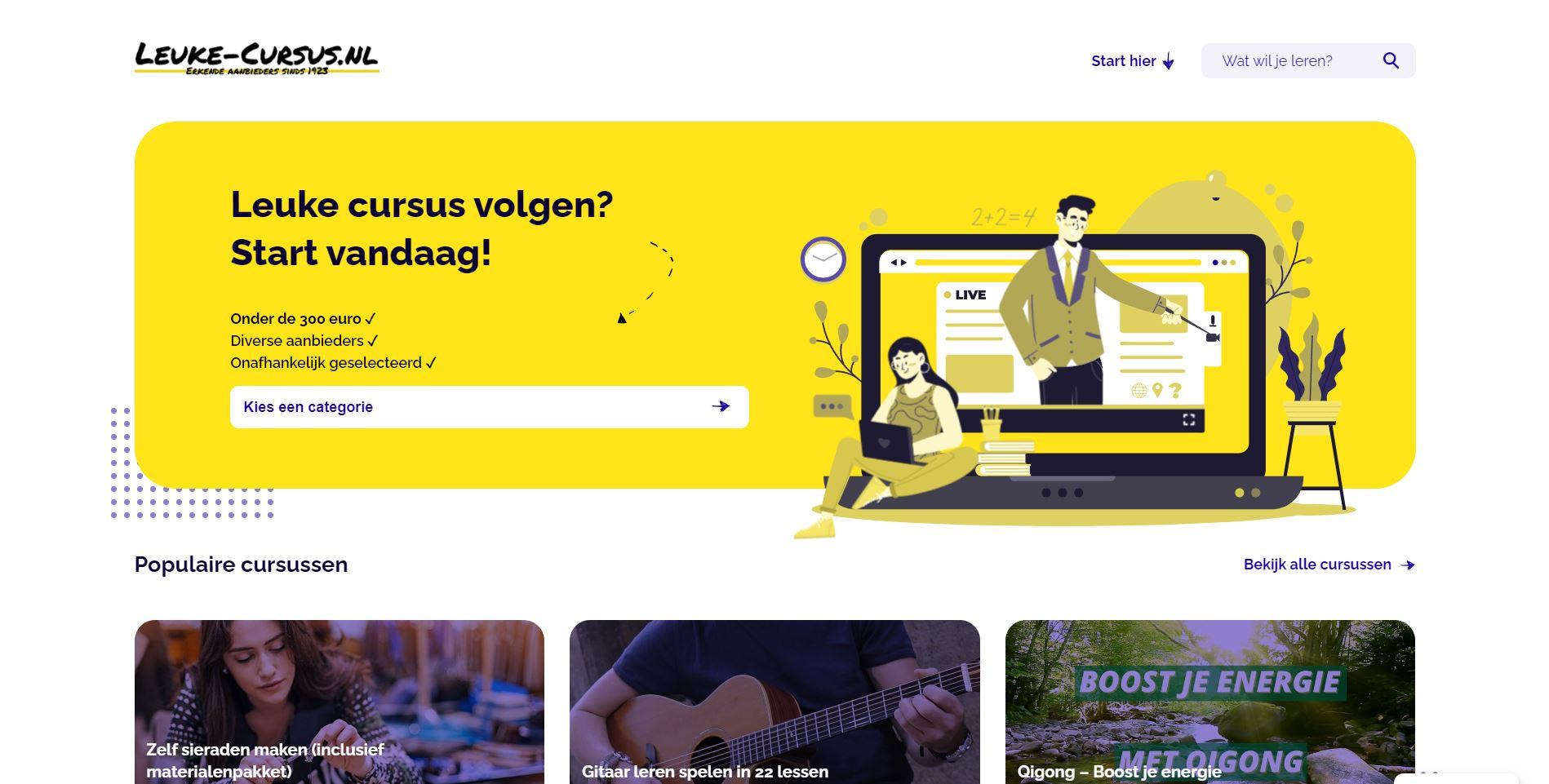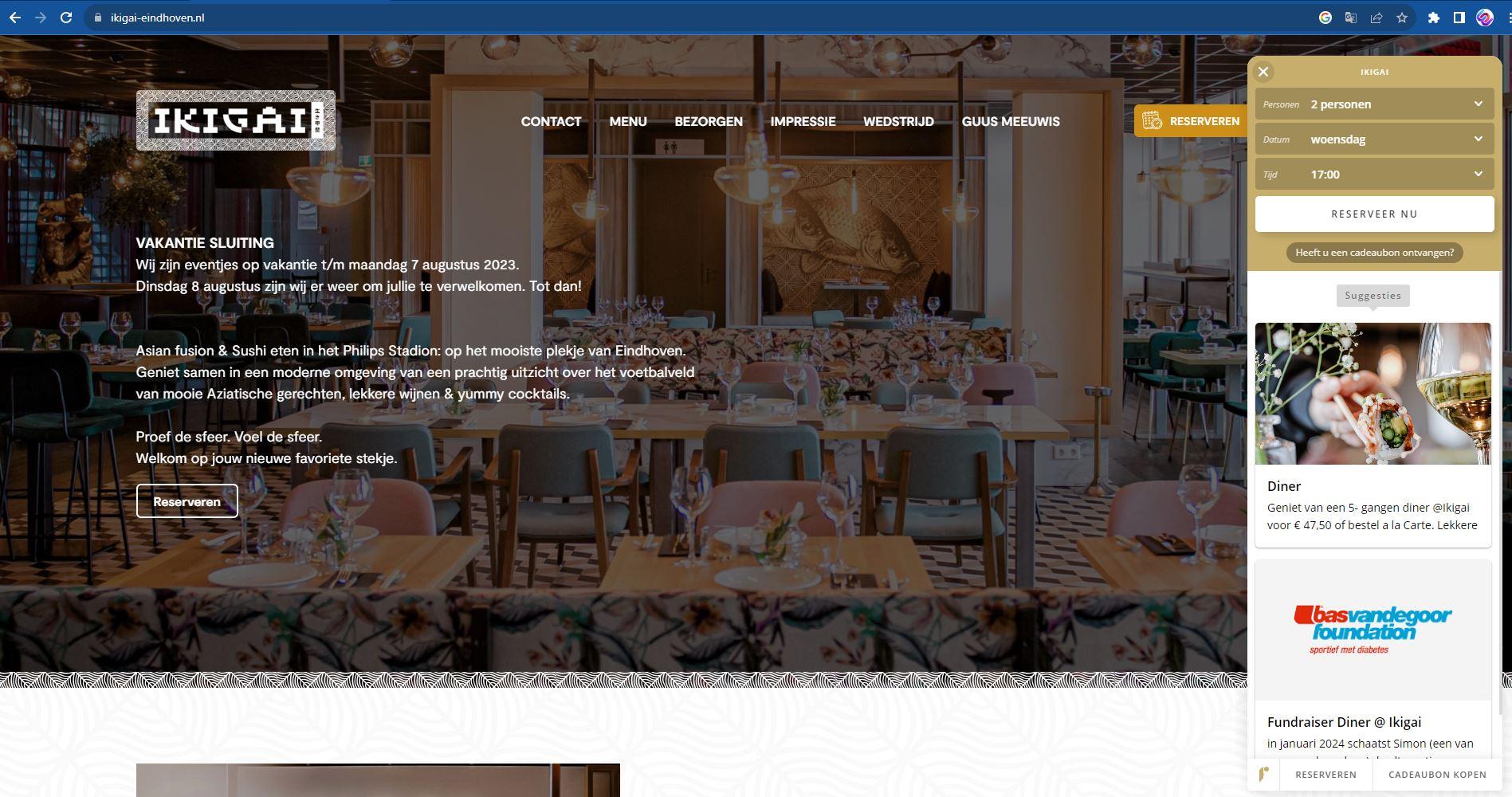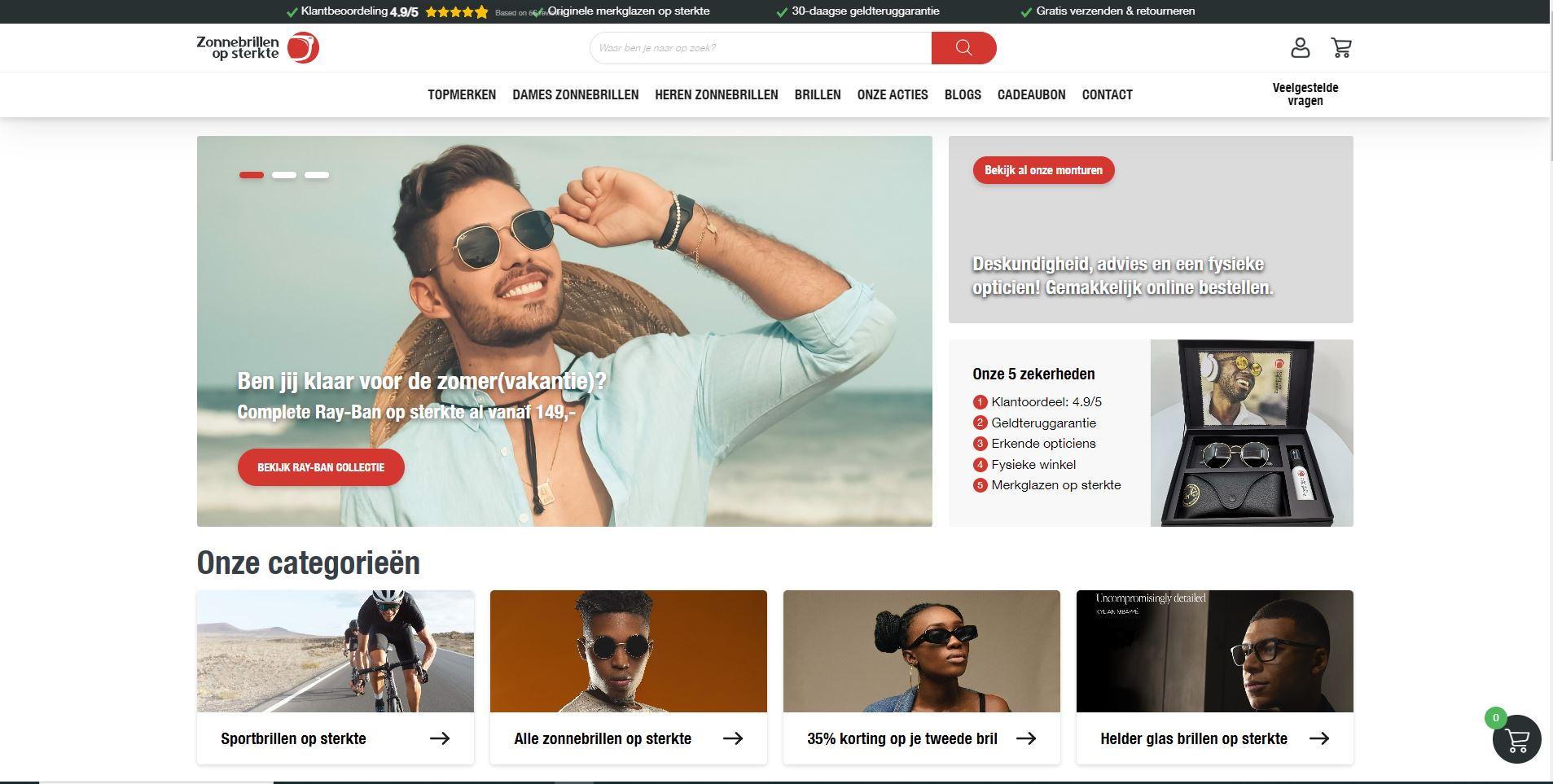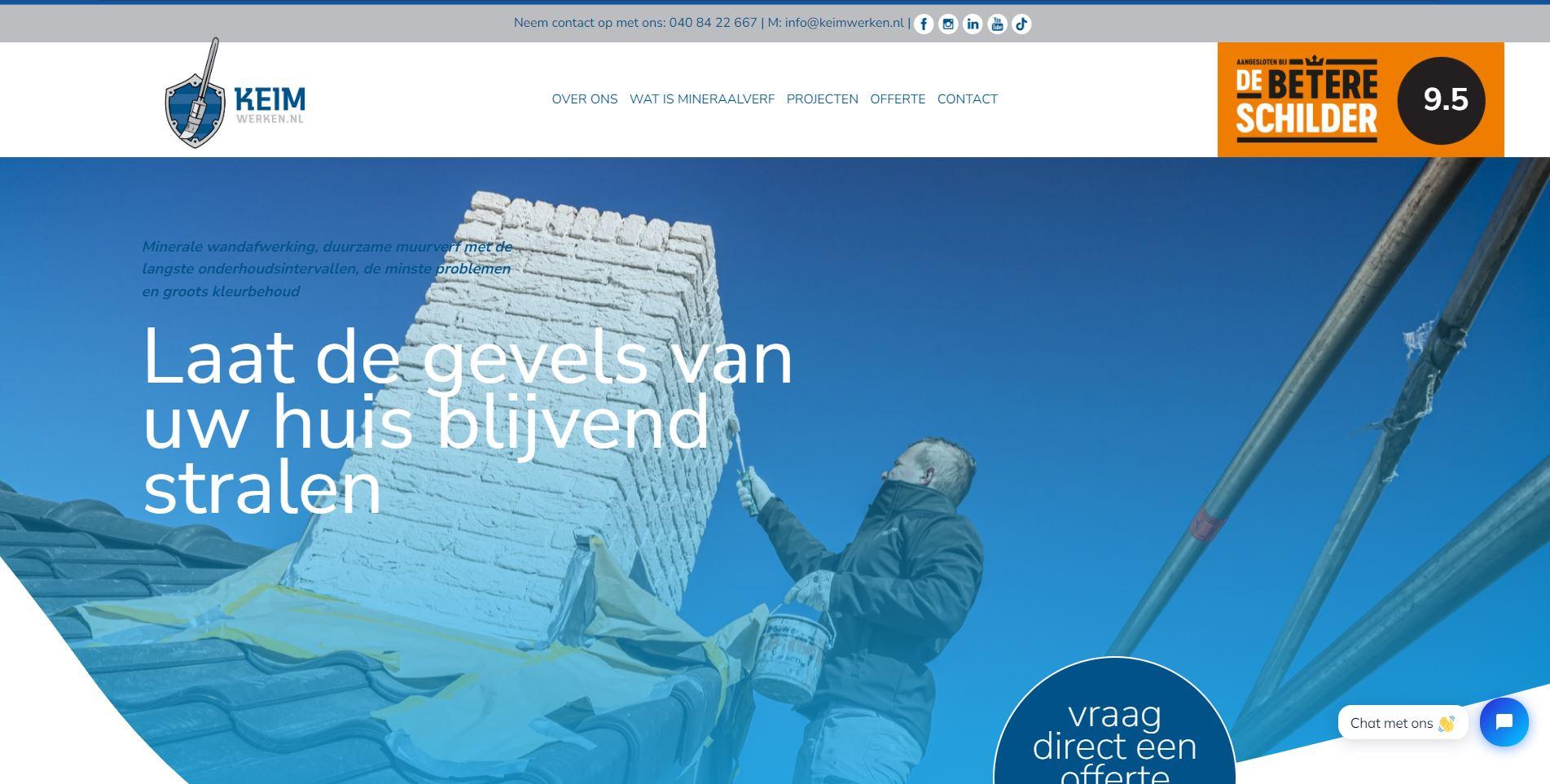In the digital age, where attention is the currency and every click holds potential, the importance of a strategically designed landing page cannot be overstated. Acting as the digital handshake between your brand and potential customers, a landing page sets the tone for the online experience, making it crucial in not just attracting visitors but converting them into customers or followers. Whether you’re launching a new product, promoting a service, or gathering sign-ups for an event, your landing page is your pitch to the digital audience. This guide delves into the essential elements of a landing page that doesn’t just draw visitors in but engages them effectively, leading to higher conversion rates.
The Importance of a Well-Crafted Landing Page
A landing page is much more than a mere webpage; it’s a targeted pitch that speaks directly to your audience, compelling them to take action. The strength of a landing page lies in its focus. Unlike a homepage, cluttered with various messages and options, a landing page zeroes in on one specific offering, message, or campaign. This singular focus is the key to its effectiveness, making every element from the headline to the call-to-action (CTA) a pivotal part of a cohesive narrative that guides the visitor towards making a decision. Understanding this, businesses leverage landing pages not just to inform but to convince and convert, making them a critical tool in any digital marketing arsenal.
Understanding Your Audience: The Foundation of Effective Landing Pages
At the heart of every successful landing page is a profound understanding of its audience. Who are they? What do they need? What problems do they face, and how can your offer solve them? Answering these questions allows you to craft a message that resonates deeply with your visitors. Tailoring your landing page to address the specific concerns and desires of your target audience creates a sense of relevance and personalization, making your visitors feel understood and valued. This connection is crucial for building trust and guiding them towards taking the action you desire, whether it’s subscribing to a newsletter, purchasing a product, or downloading a resource.
Crafting Irresistible Headlines: Your First Impression
Your headline is the gateway to your landing page, the make-or-break element that either captures interest or loses it. An effective headline does more than grab attention; it succinctly conveys the core value of your offer, sparking curiosity and compelling the visitor to read on. It’s your elevator pitch in written form, encapsulating the essence of your message in a few impactful words. Crafting a headline that resonates requires a blend of creativity, clarity, and a deep understanding of your audience’s motivations. It’s about striking a balance between informative and intriguing, offering enough value to entice the visitor into exploring what lies beyond the headline.
The Role of Design and User Experience in Digital Navigation
The design of your landing page plays a critical role in its success, encompassing aesthetics, navigation, and overall user experience. In our visually-driven world, a landing page must be not only functional but visually appealing, using design elements to guide visitors through the content and towards the action you want them to take. High-quality images, strategic use of whitespace, and a coherent flow of information not only enhance the visual appeal but also make the journey through your page intuitive and engaging. Remember, the goal of your landing page design should be to eliminate distractions and focus the visitor’s attention on the message and the CTA, facilitating a smooth path to conversion.
Call to Action (CTA): The Catalyst for User Engagement
The Call to Action (CTA) is the climax of your landing page, the moment where you prompt the visitor to take the desired action. A powerful CTA is more than a button or a link; it’s the culmination of your page’s content, design, and user experience, presented in a compelling and action-oriented manner. Crafting an effective CTA involves clear language, a standout design, and strategic placement, ensuring it’s noticed at the right moment. Whether it’s “Sign Up,” “Buy Now,” or “Learn More,” your CTA should encapsulate the value of what you’re offering, providing a clear incentive for the visitor to take the next step.
Establishing Trust: The Impact of Testimonials and Credentials
In the digital realm, where skepticism is common, building trust with your audience is paramount. Incorporating elements like customer testimonials, endorsements, and trust badges can significantly boost your credibility. These trust signals serve as social proof, showing potential customers that others have benefited from your offer and had a positive experience. Testimonials should be genuine and relatable, highlighting specific benefits and outcomes that align with the interests and needs of your target audience. Similarly, trust badges, such as security certifications or awards, reassure visitors of your legitimacy and professionalism, making them more likely to engage with your content and take the desired action.
Mobile Responsiveness: Catering to the On-the-Go Audience
With the ever-increasing prevalence of mobile browsing, a landing page must perform flawlessly across all devices. Mobile responsiveness ensures that your page adapts to various screen sizes, providing a seamless and engaging experience whether on a desktop, tablet, or smartphone. This adaptability is crucial for reaching a wider audience and preventing potential frustrations that could deter visitors from converting. A mobile-friendly landing page not only meets the expectations of a modern audience but also contributes to your SEO efforts, as search engines favor sites that cater to mobile users.
The Path to Perfection: A/B Testing and Continuous Optimization
Creating the perfect landing page is an ongoing process of testing, learning, and refining. A/B testing, or split testing, is a method where two versions of a landing page are compared to determine which performs better in terms of converting visitors. This empirical approach allows you to make data-driven decisions, optimizing elements like the headline, imagery, CTA placement, and content to improve performance. Continuous optimization based on A/B testing insights ensures that your landing page remains effective and relevant, adapting to changing audience preferences and behaviors over time.
Design Psychology: Influencing Perceptions with Colors and Fonts
The psychological impact of design choices on a landing page cannot be understated. Colors and fonts play a significant role in how visitors perceive your brand and respond to your offer. Different colors evoke different emotions and associations, influencing the mood and decision-making process of your visitors. Similarly, the choice of font affects readability and the tone of your message. Understanding the psychology behind these design elements enables you to create a landing page that not only looks appealing but also resonates emotionally with your audience, enhancing the overall effectiveness of your message.
SEO: Enhancing Visibility in the Digital Landscape
An outstanding landing page is of little value if it remains unseen. SEO (Search Engine Optimization) practices enhance the discoverability of your landing page, making it more likely to appear in search engine results for relevant queries. This involves optimizing meta tags, incorporating keywords naturally into your content, and ensuring fast loading times. By improving your landing page’s SEO, you increase its visibility to your target audience, driving more organic traffic and improving the chances of conversion.
Simplifying User Input: The Art of Streamlined Forms
If your landing page includes forms, simplicity is key. Lengthy or complicated forms can be a major deterrent, causing potential conversions to drop off. By requesting only essential information and designing forms that are easy to complete, you minimize user friction and maximize the likelihood of conversion. Streamlining the input process not only enhances the user experience but also demonstrates respect for the visitor’s time and willingness to engage, increasing the chances of successfully capturing leads or making sales.
Navigating Common Pitfalls: Ensuring a Smooth User Experience
Crafting an effective landing page requires awareness of common pitfalls that can undermine its success. Confusing navigation, cluttered content, and ambiguous messaging can frustrate visitors, diminishing the chances of conversion. To avoid these pitfalls, focus on clarity, simplicity, and consistency throughout your landing page. Ensure that the navigation is intuitive, the content is concise and relevant, and the messaging is clear and compelling. By sidestepping these common mistakes, you create a more enjoyable and effective user experience, encouraging visitors to engage with your content and take the desired action.
Leveraging Data for Improvement: The Role of Analytics
Data is a powerful tool in the quest for an effective landing page. By monitoring key performance metrics such as bounce rate, conversion rate, and user engagement, you gain valuable insights into how visitors interact with your page. These analytics allow you to identify areas for improvement, understand what resonates with your audience, and make informed decisions to enhance your landing page’s performance. Regularly analyzing this data ensures that your landing page remains optimized for conversion, adapting to changing trends and audience behaviors.
The Power of Visual Content: Enhancing Message Clarity
Visual content, including images and videos, plays a crucial role in conveying your message and engaging your audience. These elements can communicate complex ideas more effectively than text alone, adding depth and context to your offer. When selecting visual content, choose high-quality, relevant images and videos that complement your message and resonate with your audience. Engaging visual elements not only make your landing page more visually appealing but also enhance the overall user experience, making your message more memorable and compelling.
Elevating Online Conversions: A Comprehensive Approach
Creating a high-converting landing page is a multifaceted process that requires a deep understanding of your audience, strategic design choices, and a commitment to continuous improvement. By focusing on these key aspects and leveraging the insights and strategies outlined in this guide, you can craft a landing page that not only attracts attention but also drives meaningful engagement and conversions. Remember, the goal is to not just create a visually appealing page but to build a persuasive and user-friendly experience that resonates with your visitors, compelling them to take the desired action.
By adhering to these principles and continuously refining your approach based on user feedback and analytics, you can create landing pages that not only meet but exceed your conversion goals, ultimately contributing to the success of your digital marketing efforts.



